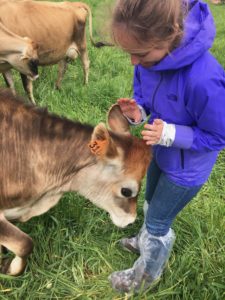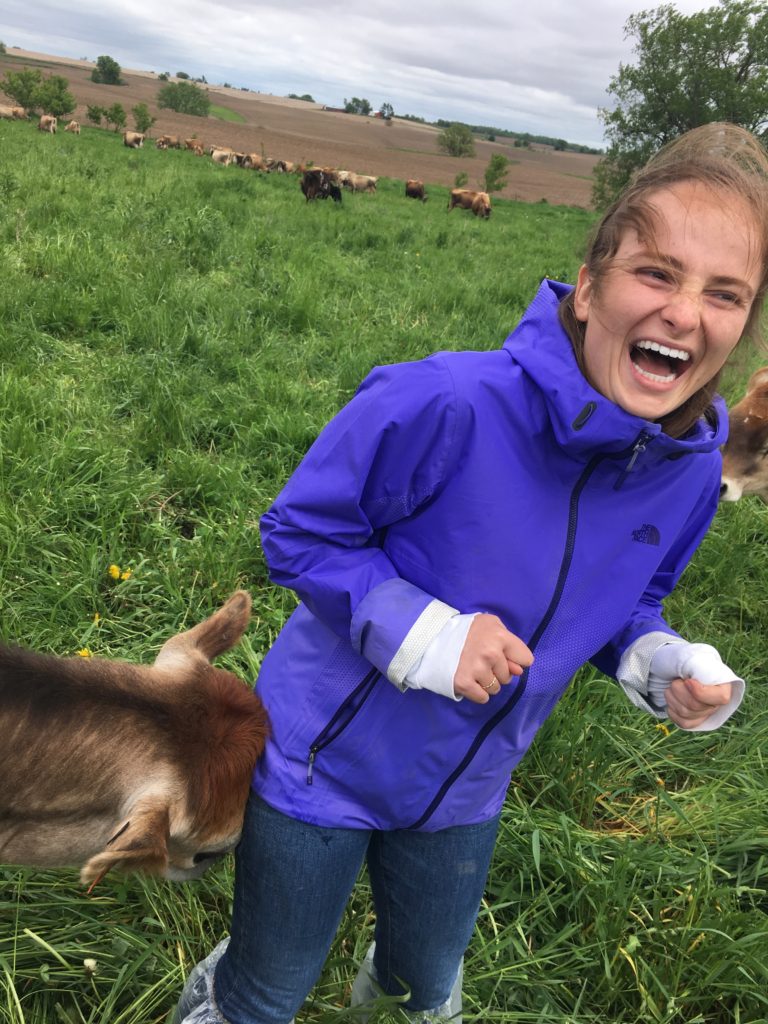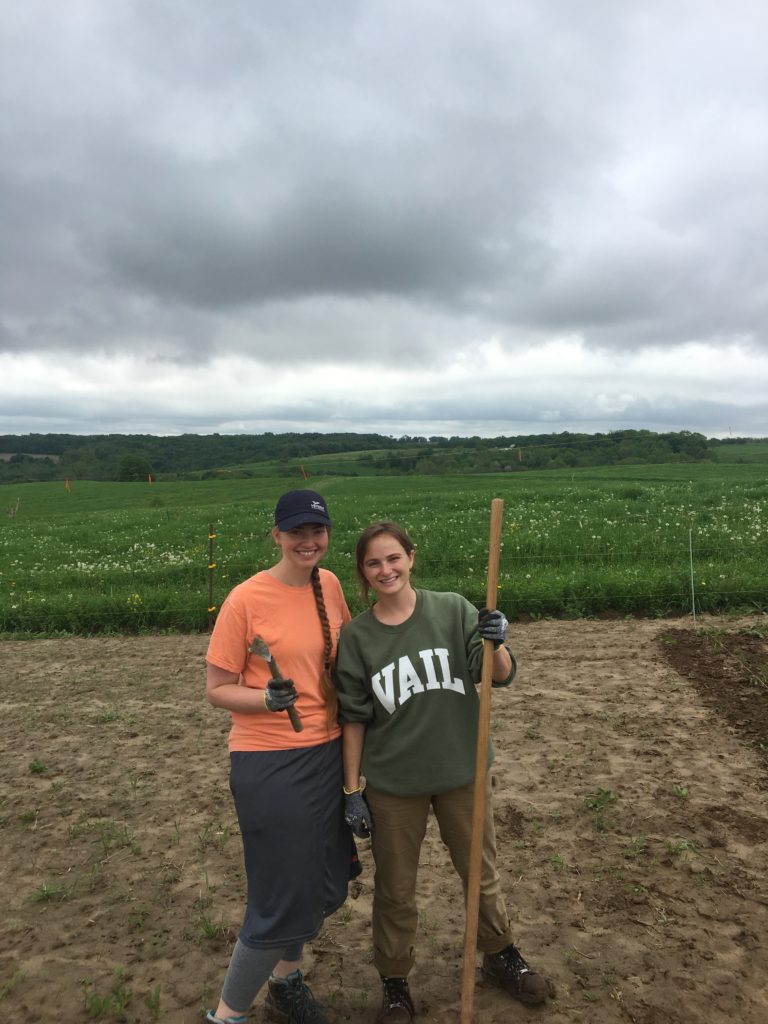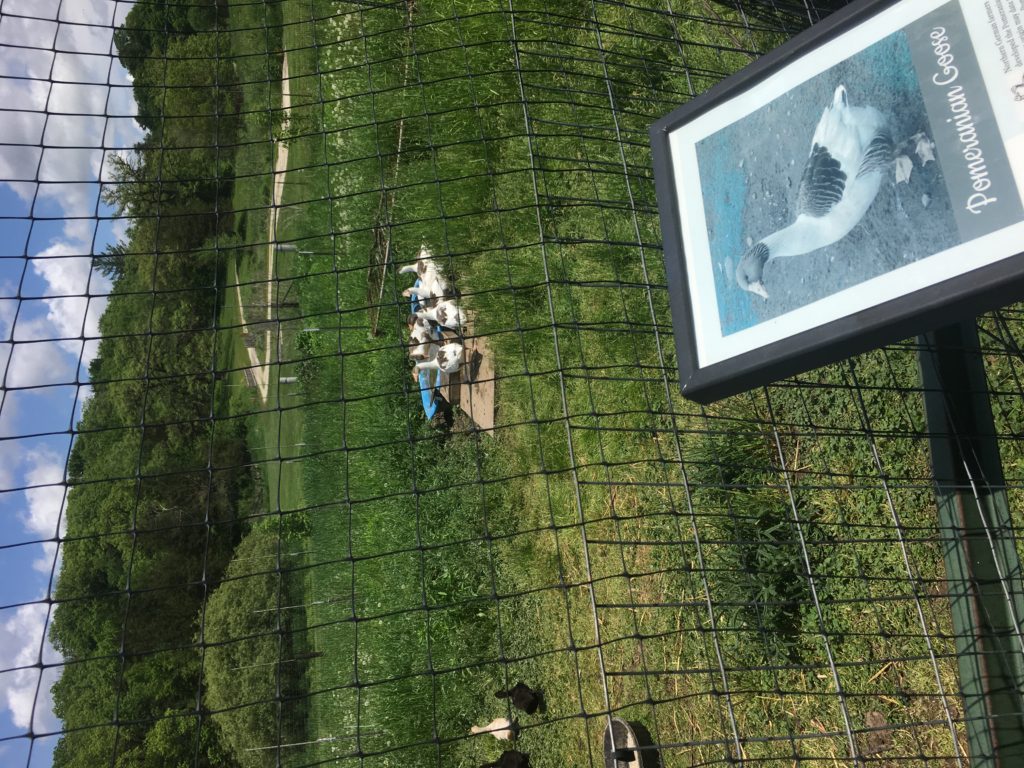Today we went to Storm Lake and chatted with the chief of police, Mark Prosser. This brief interaction was by far the most interesting meeting we have had thus far on the trip, in my opinion. Chief Prosser talked about how immigration has affected Storm Lake and how the police force works with the community. Storm Lake is extremely diverse, unlike the rest of Iowa. If nothing else, we have been told time and time again that Iowa is made up of old white men. It’s interesting to think about how a city like Storm Lake fits into the greater Iowa population because it has such a different demography. It is hard to have proper representation in the government when Storm Lake is so different than the rest of Iowa. He talked about how the law enforcement agencies have to try and keep up with the immigrant population. For example, the police force has to try and have a translator for all of the different ethnic groups, and they have a hard time filling this need. I also thought it was interesting that the police force goes through cultural competency training. This is a program where they work with a professor from the University of Northern Iowa who specializes in world cultures. They track which groups are coming to Storm Lake and they work to become knowledgeable about that group, their language, and their customs, so that they can better protect and serve them.
I was happy that he touched on the misconception that immigrants bring higher crime rates with them. He passionately argued that this myth stems from the fact that fluxes of immigrants raises the population numbers and when a population size goes up, the amount of crime increases as well. People draw incorrect relationships between these two variables and conclude that immigrants equal more crime. I have long thought this incorrect conclusion that people made is extremely frustrating. Data can always be skewed to reveal certain results.
He also spoke about what he considers to be the great embarrassment of his career. In the early 90’s he helped plan and conduct a raid at a packing plant. He looks back on this with deep regret as it created additional distrust and fear in the community and most of the workers were released to await a court date and returned to work at Storm Lake anyways. He feels no real difference was made and only distrust and fear of law enforcement came out of the event. His mission has been to build trust and community relations in Storm Lake and considers this event to have been a major step back.
Additionally, he talked about how he was on an immigration task force with other police chiefs that focus on immigration issues. It just so happens that my father attended some of the conferences of this task force which I know because they had a meeting in Miami this past October, and my father attended it. This conference lined up with Furman’s fall break and my birthday, and I flew down to meet him in Miami. I actually have a sweatshirt from the conference. It makes the world seem so small to think in my suitcase outside in our twelve-passenger van, I have a sweatshirt from a conference this police chief from a small town in Iowa attended.
Chief Prosser appeared to be someone who was doing the most to make a difference and a positive change in his small position of power. He goes above and beyond to make Storm Lake a community people can feel accepted and at home in. He does what he can to promote a feeling of community while also making steps to interact with locals and meet them on their turf. I was extremely impressed at the lengths he has gone to improve the Storm Lake community and the lives of the people who live there.






